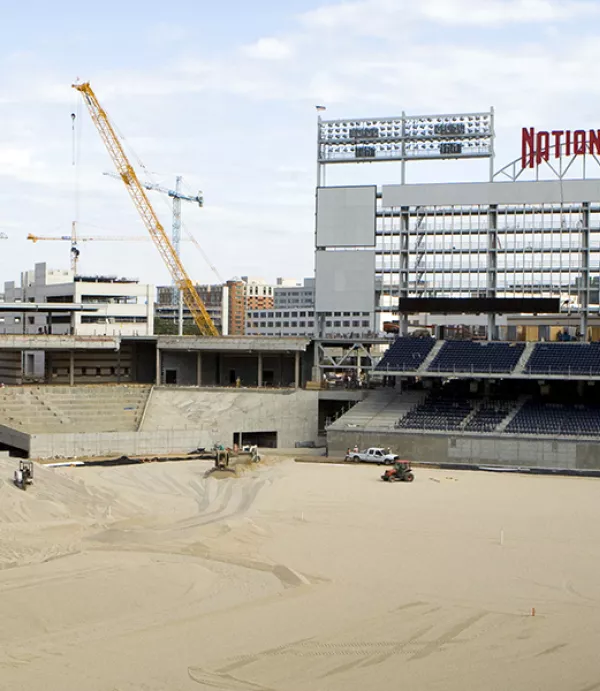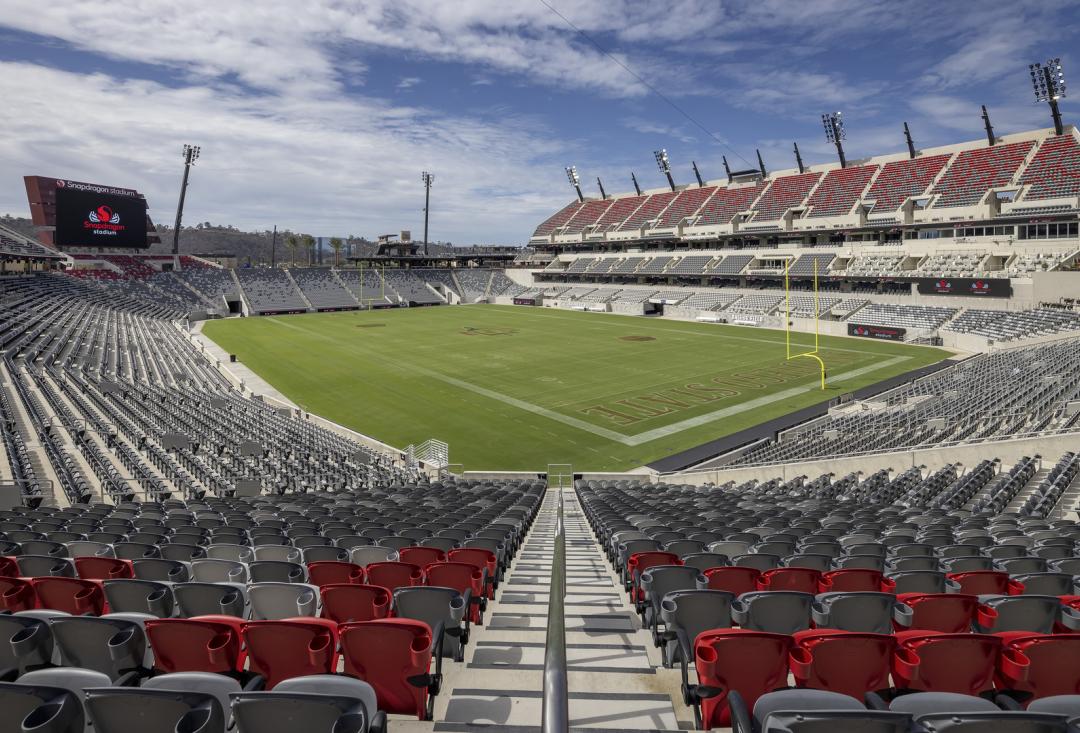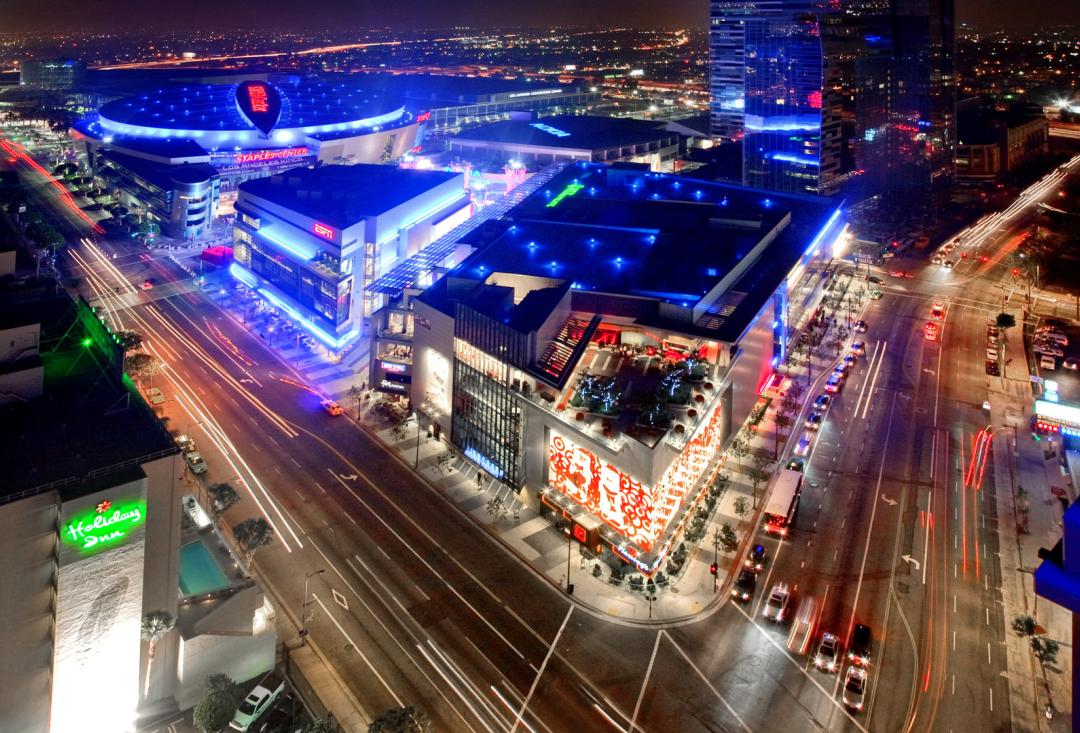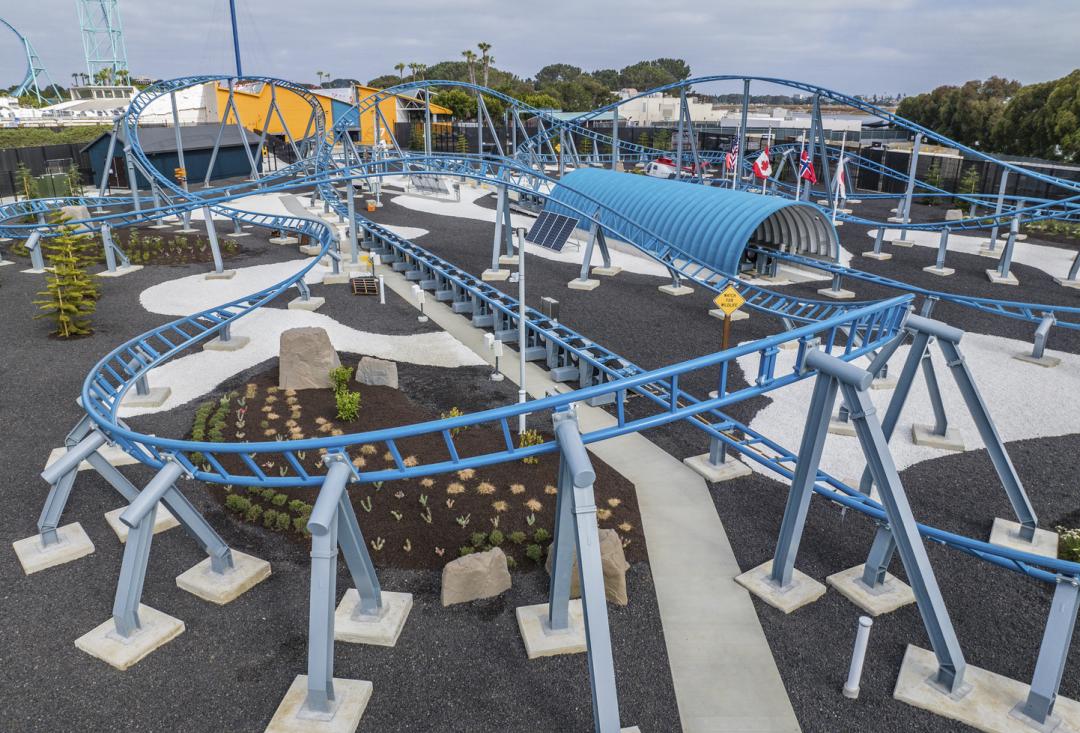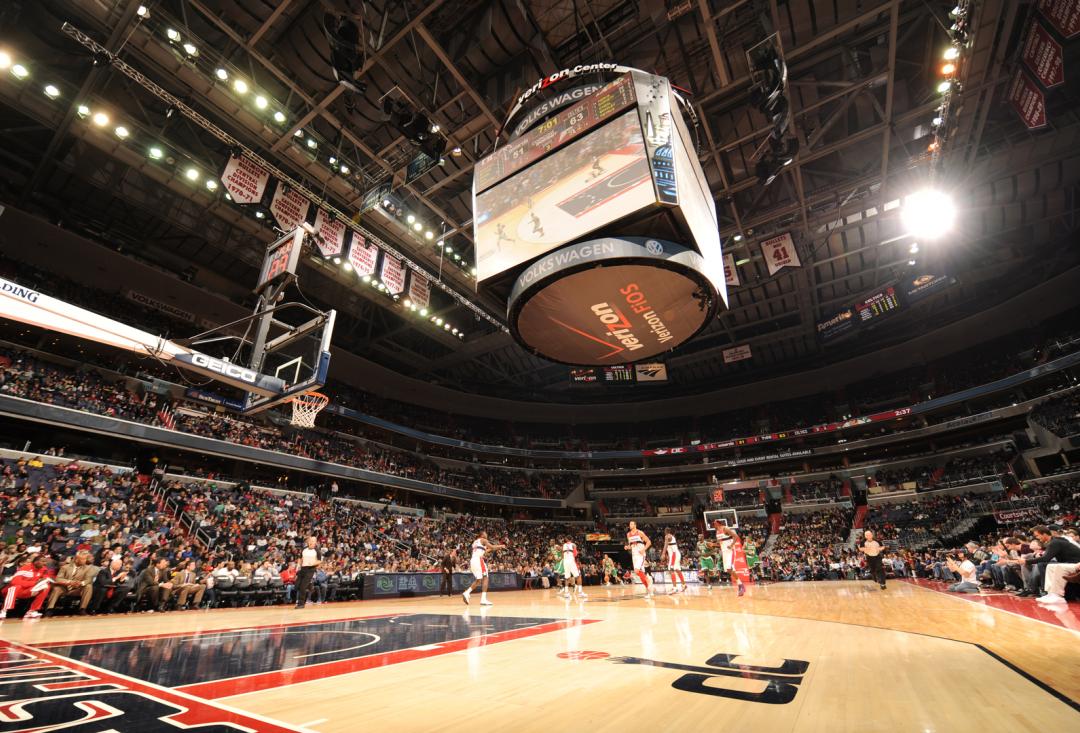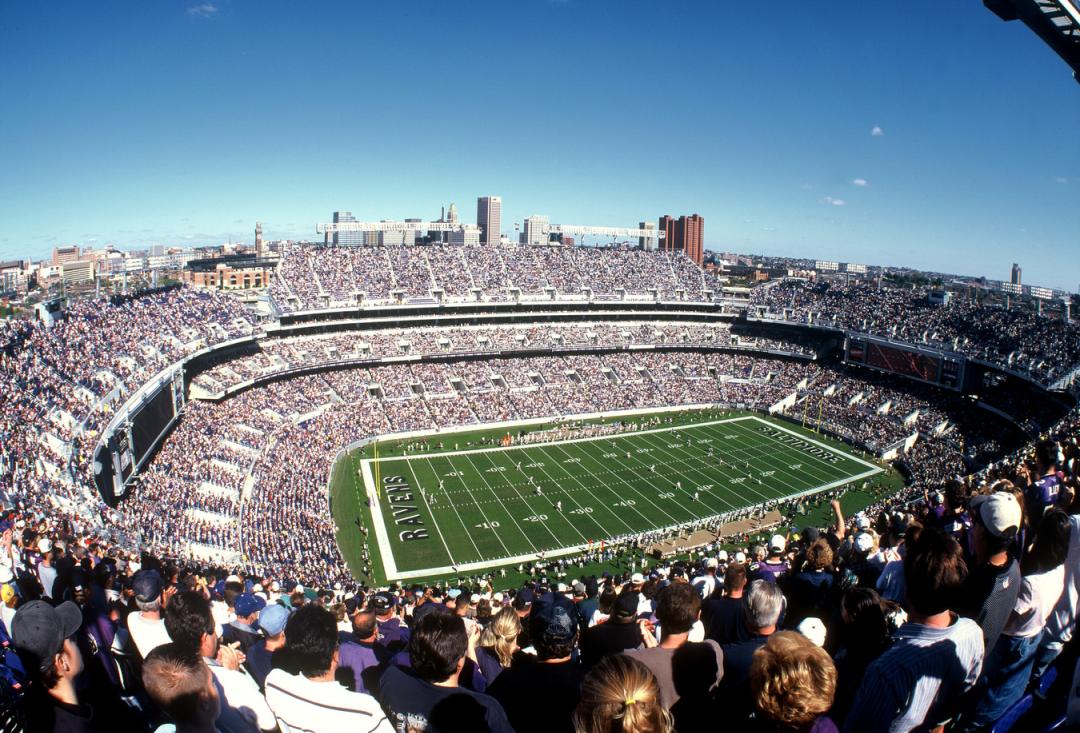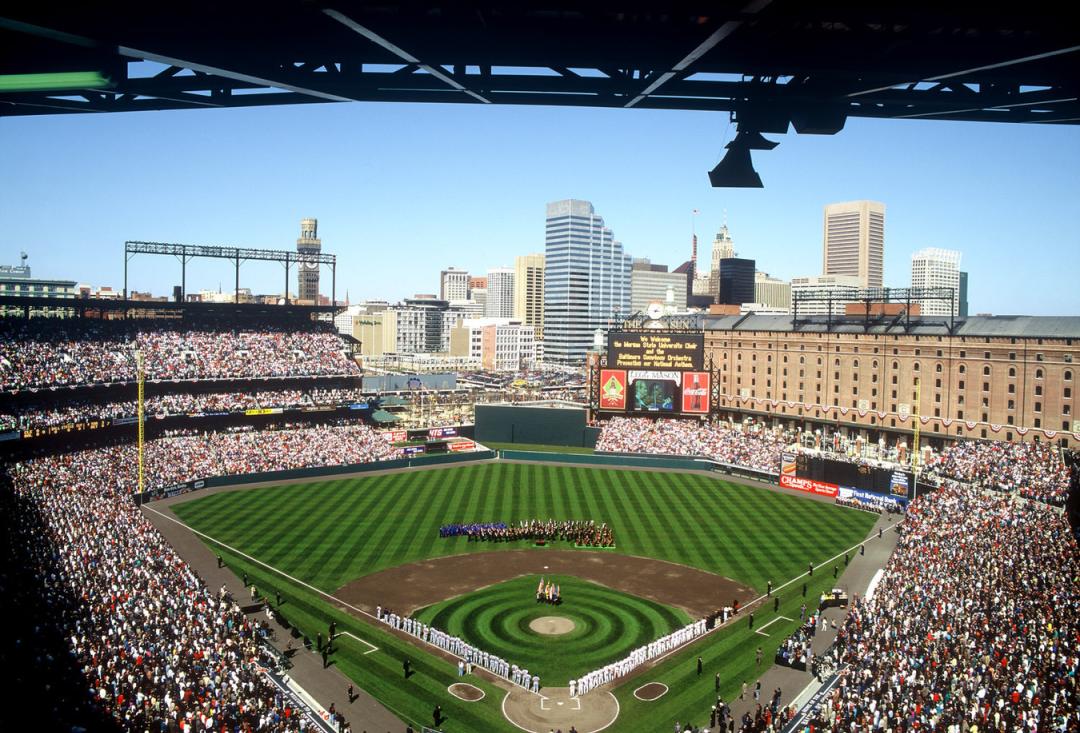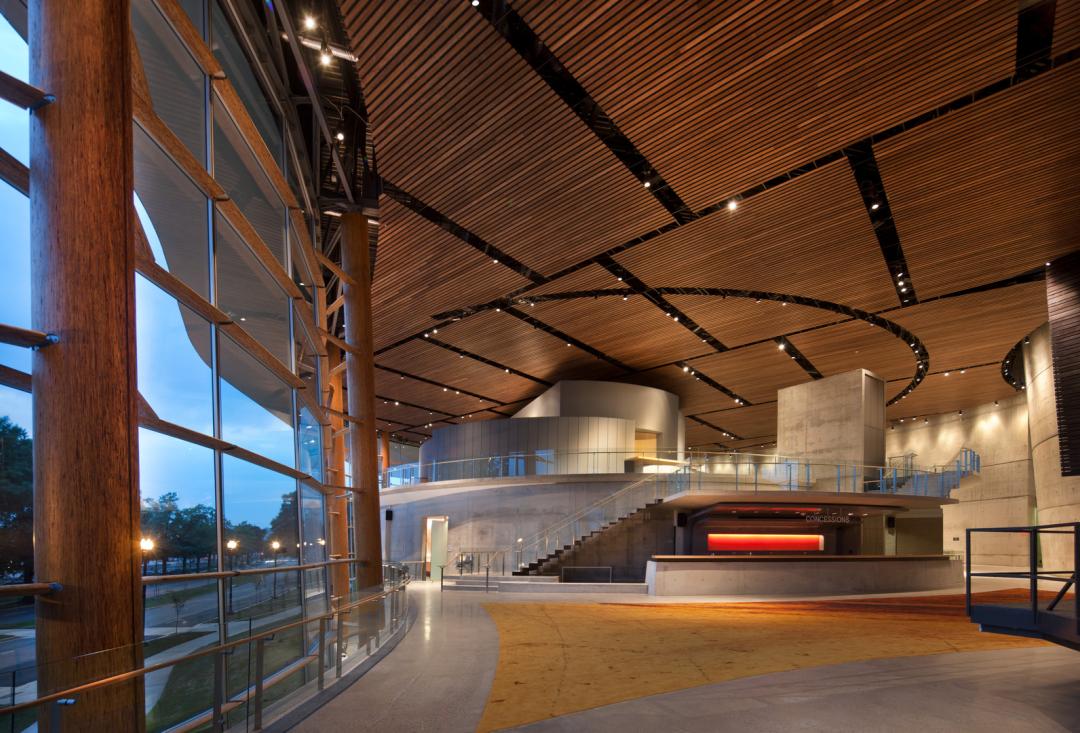Client
DC Sports and Entertainment Commission
Designer
Populous
Devrouax & Purnell
Location
Washington, DC
Size
1.1M Square Feet
Completion Date
2008
Delivery Method
Design-Build
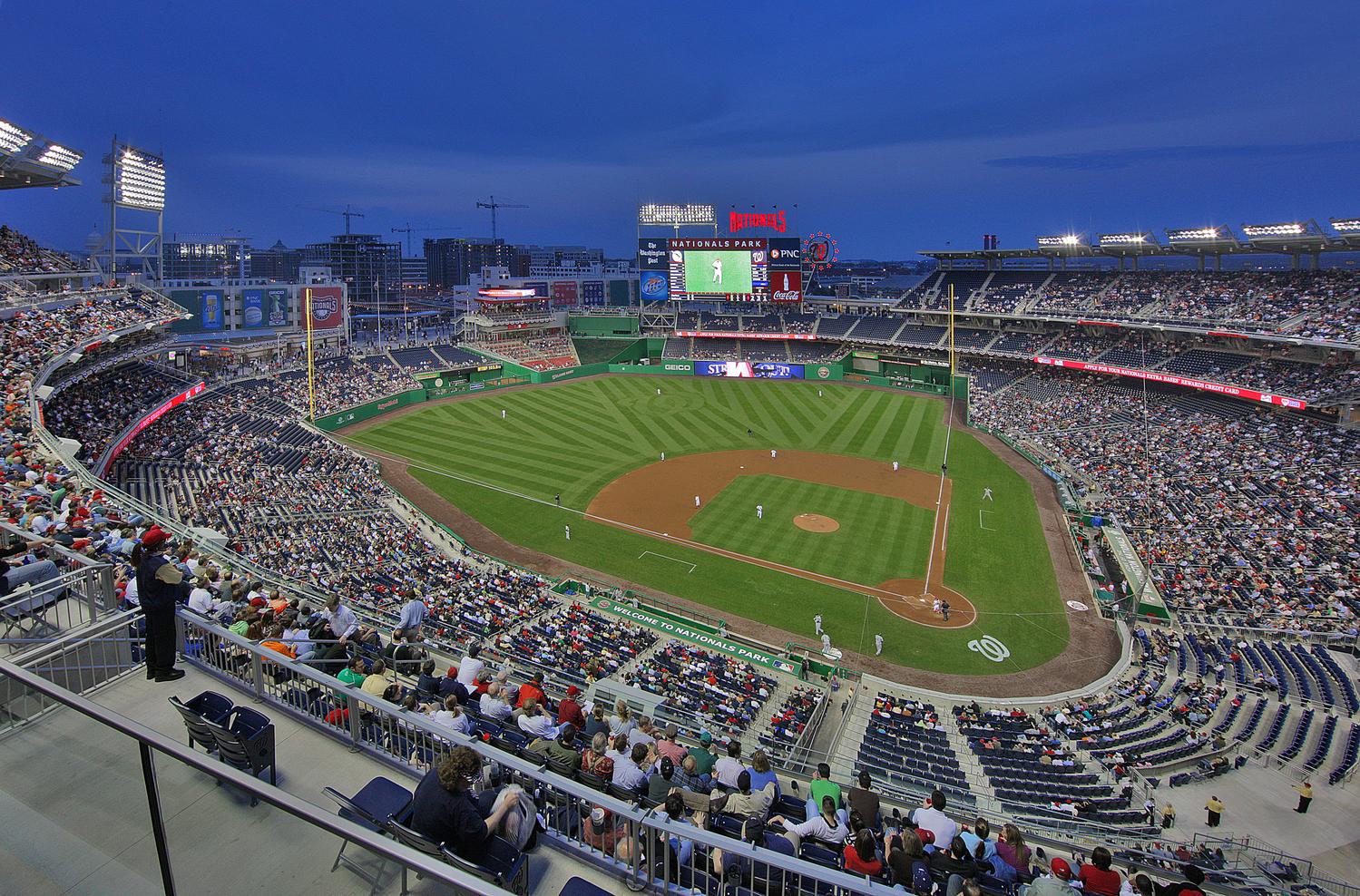
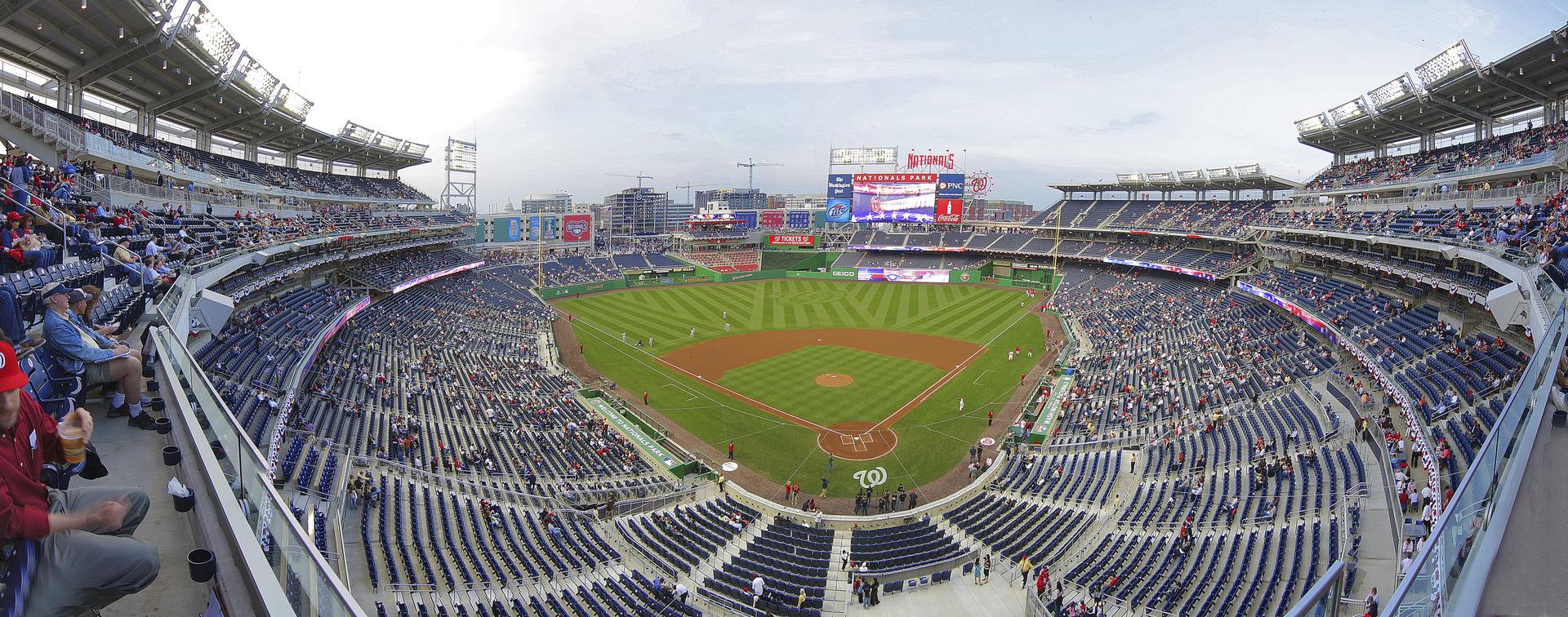
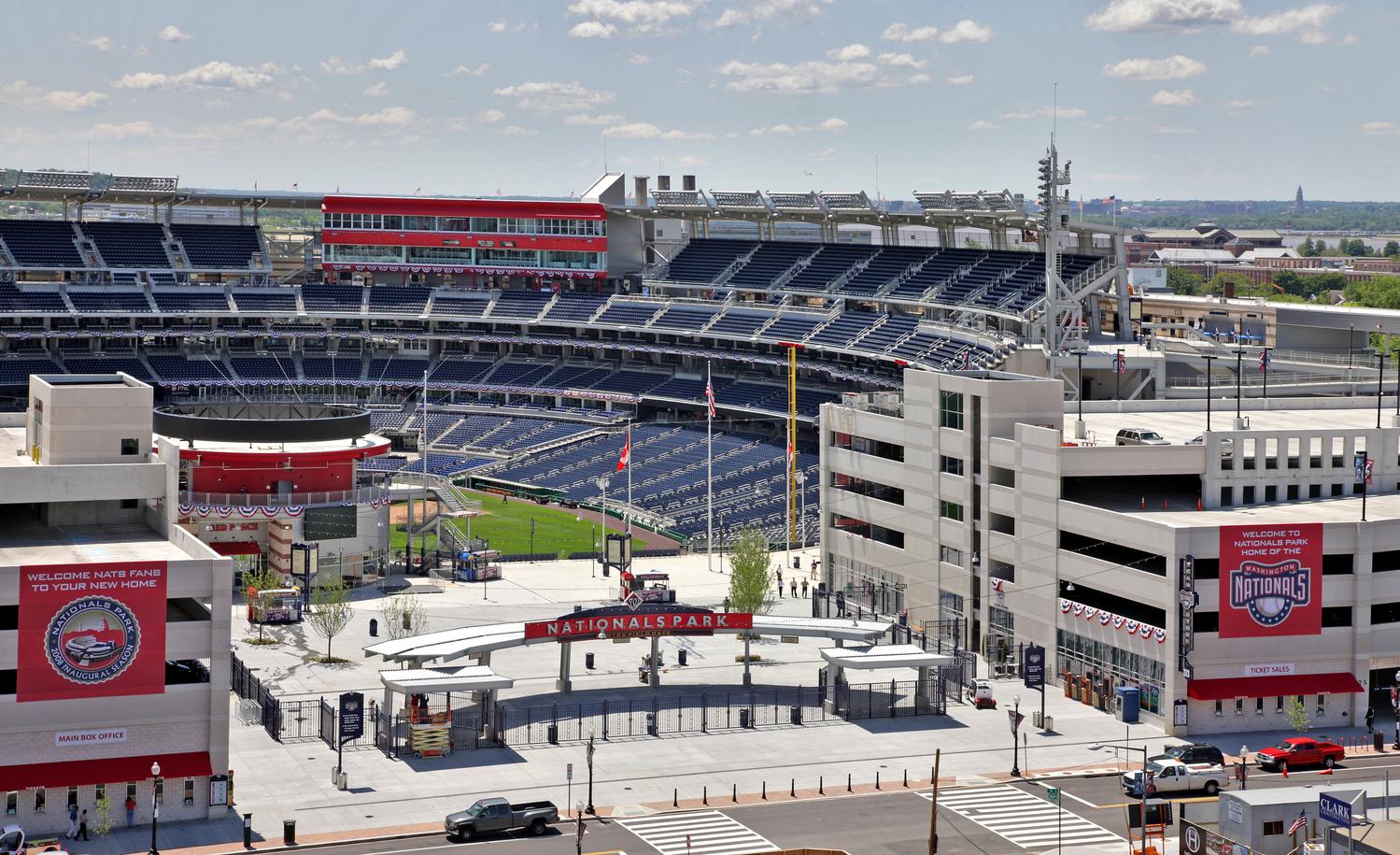
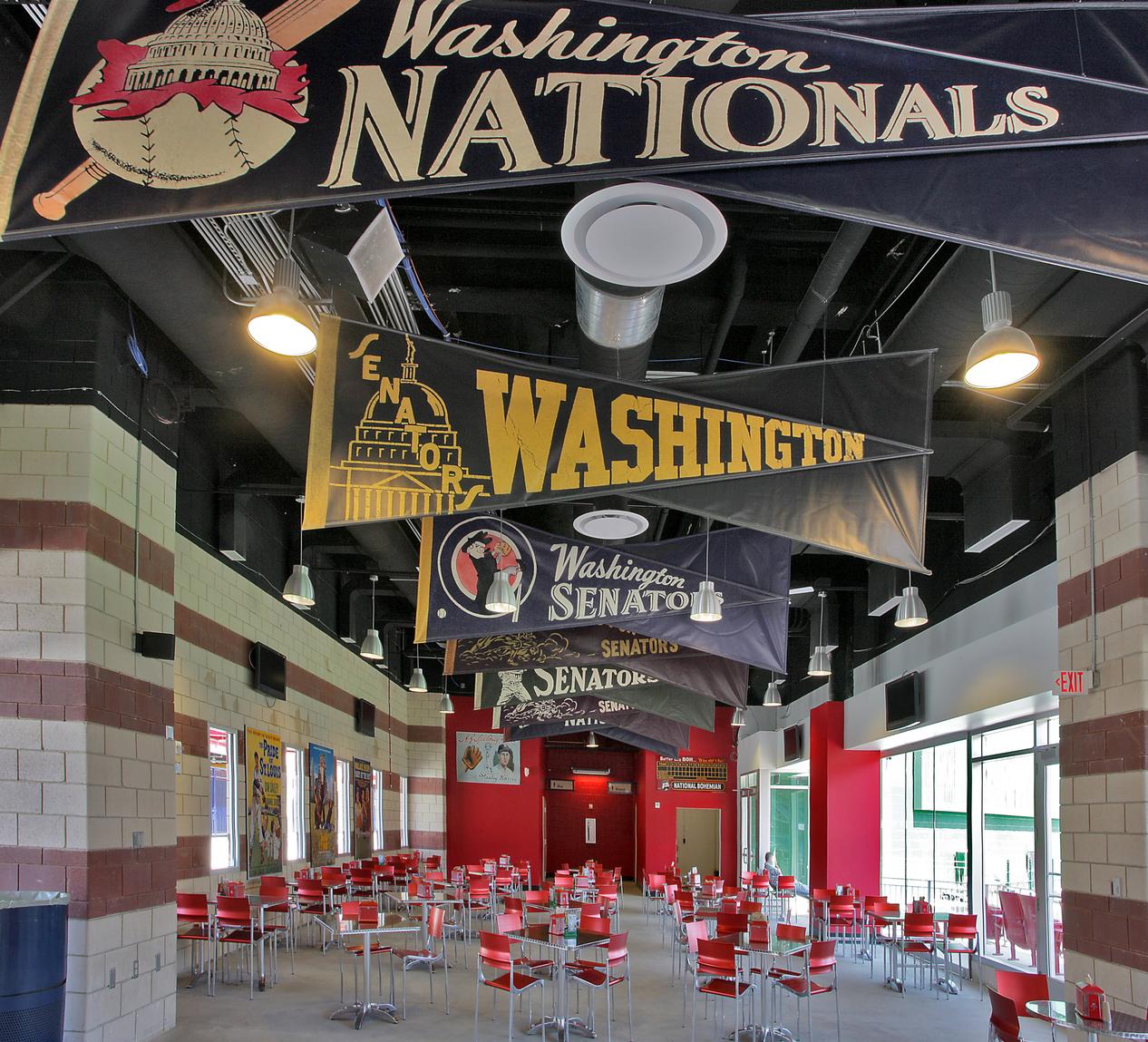
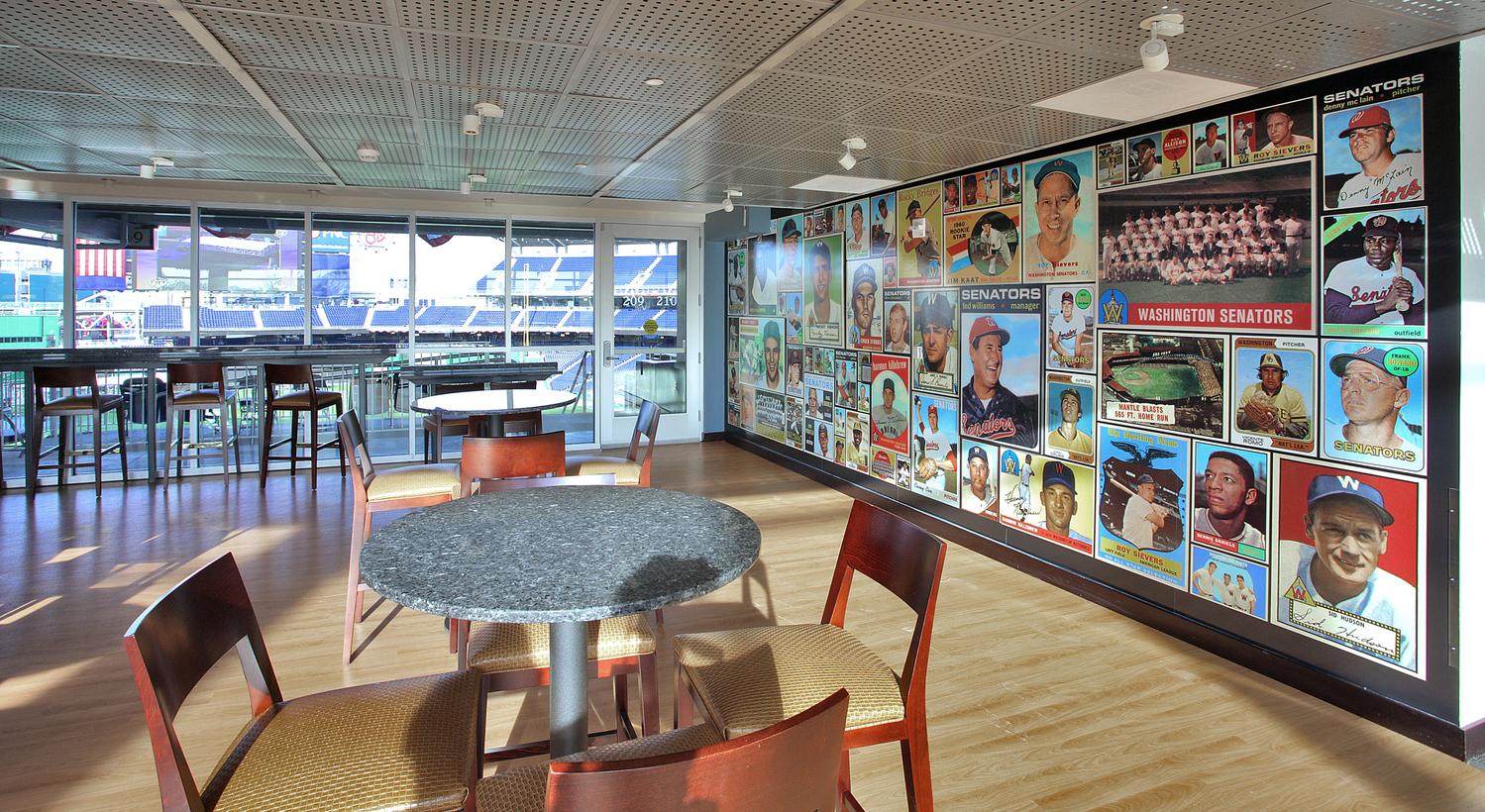
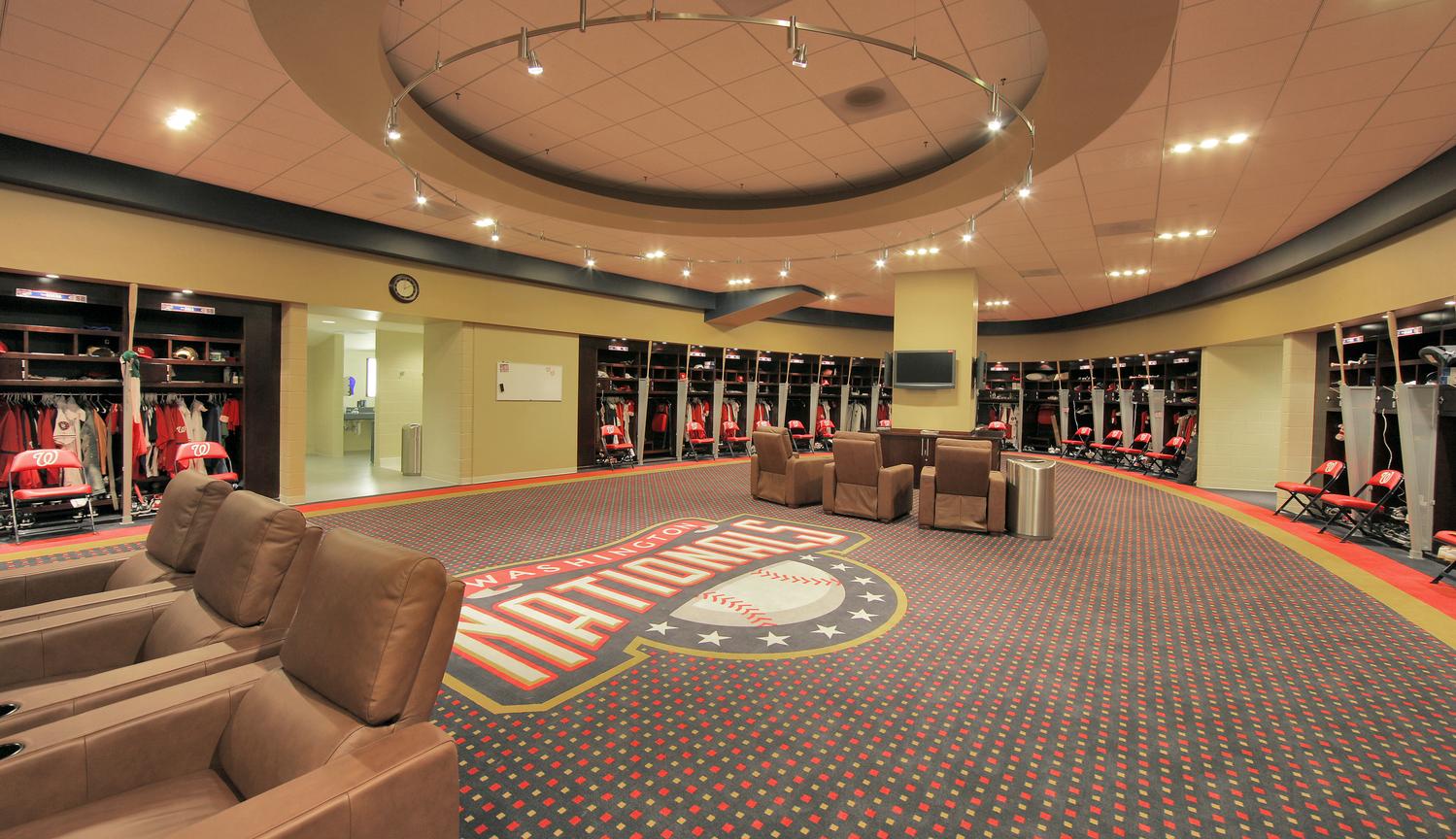
Nationals Park – home of the Washington Nationals – is a 1.1 million-square-foot ballpark with 41,313-seats.
Awards
2009 AGC of DC Washington Contractor Award (Sports and Entertainment)
2009 WBC Craftsmanship Award (Landscaping)
2009 WBC Craftsmanship Award (Special Systems)
2009 WBC Craftsmanship Award (Curtain Walls)
2008 DBIA Mid-Atlantic Design-Build Award (Public Sector)
2008 DBIA National Award of Excellence (Public Sector)
2008 AGC of DC Washington Contractor Award (New Construction)
2008 WBC Craftsmanship Award (Cast-in-Place Concrete)
2009 WBC Craftsmanship Award (Power Generation/Distribution/Switchgear)
2008 WBC Craftsmanship Award (Structural Steel Framing)
2008 Mid-Atlantic Construction Magazine Best Project Award (Sports and Entertainment)
2008 USGBC National Capital Project of the Year Award (Design)
2007 WBC Craftsmanship Award (Foundations/Excavations)
